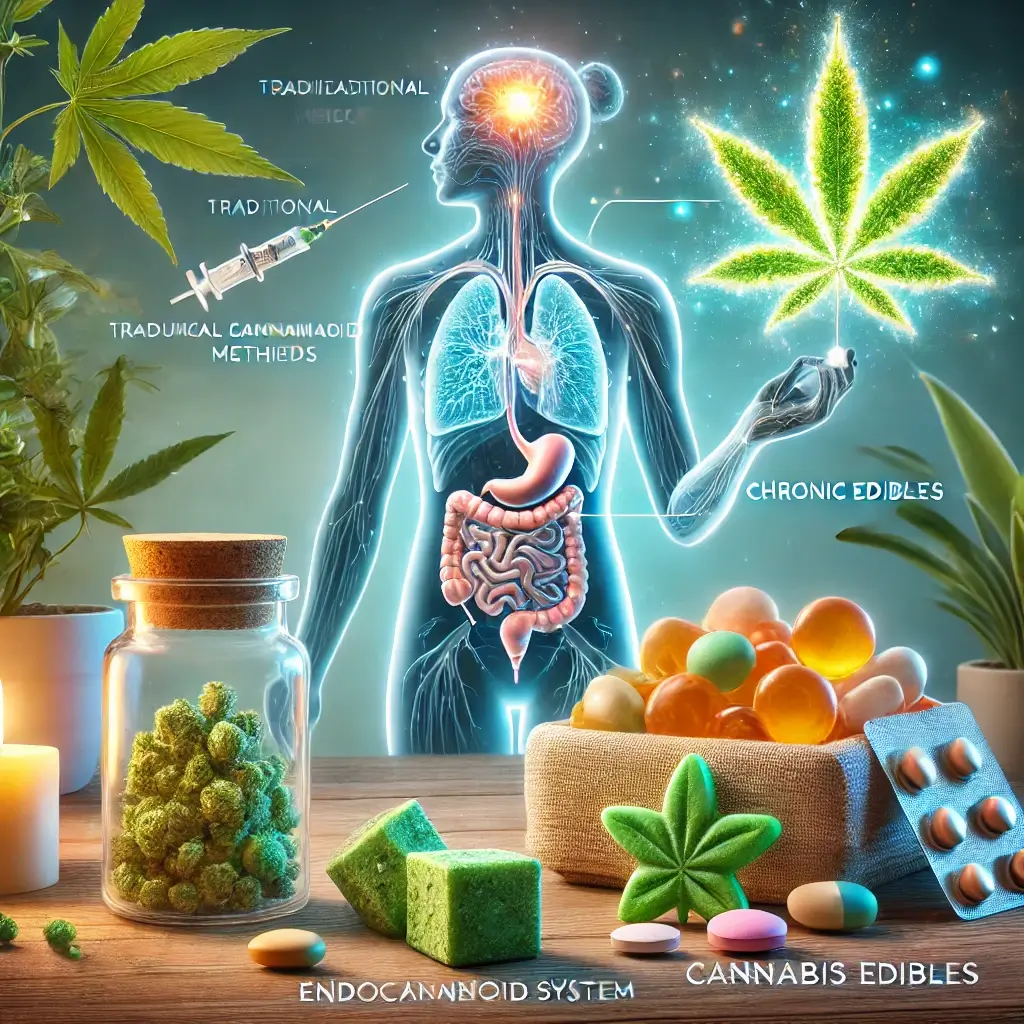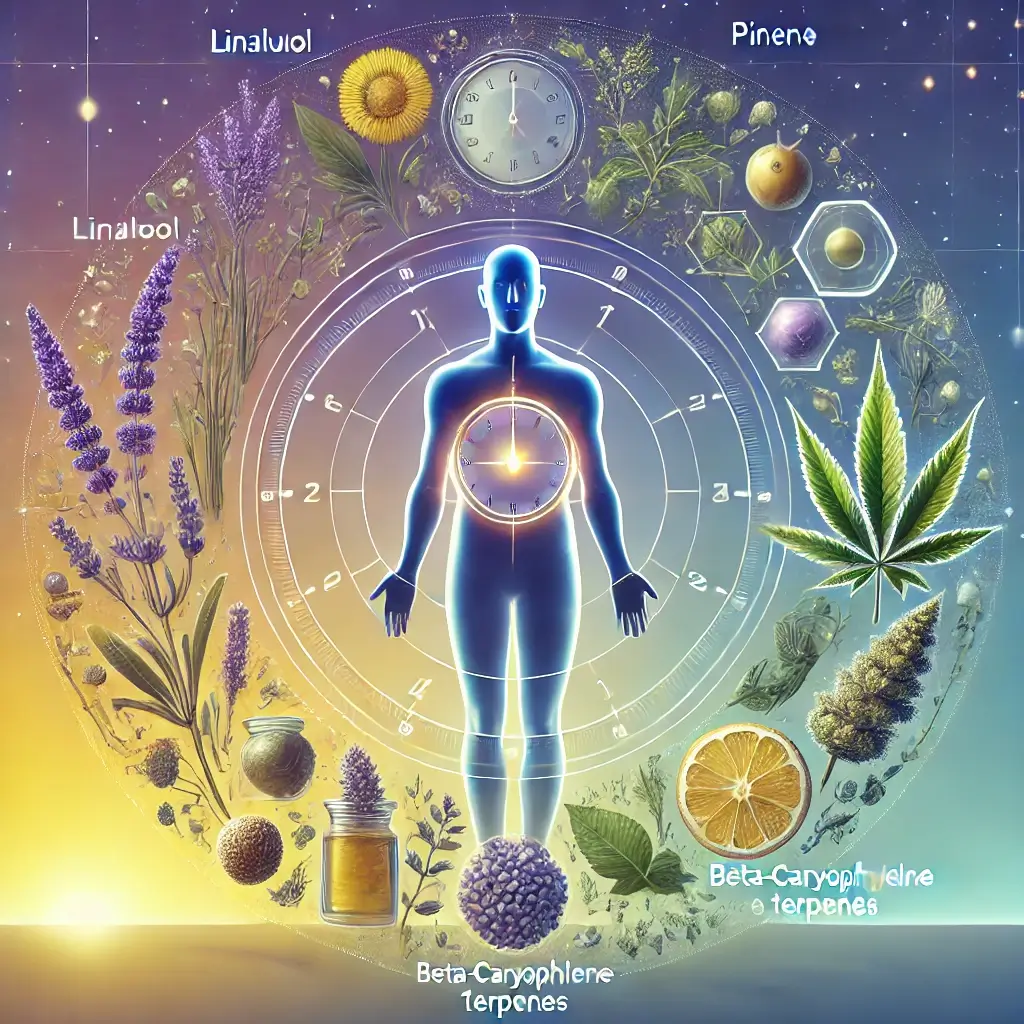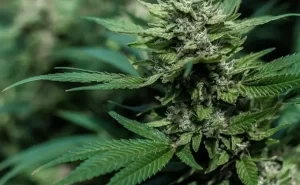Understanding Cannabis Edibles: Evidence-Based Solutions for Chronic Pain Relief
Introduction to Cannabis Edibles for Pain Management
Chronic pain is one of the most prevalent health conditions worldwide, affecting millions and significantly diminishing quality of life. Traditional pain management options, such as over-the-counter medications and opioids, often come with undesirable side effects, dependency risks, or diminishing effectiveness over time. As a result, cannabis edibles for natural pain relief have emerged as a promising alternative for individuals seeking a natural long-lasting solution to pain.
Understanding Cannabis Edibles and the Endocannabinoid System
Cannabis edibles offer several advantages for pain management. Unlike inhalation methods, edibles provide sustained relief by delivering cannabinoids through a slower metabolic process. When ingested, cannabinoids interact with the body’s endocannabinoid system for pain regulation, a network of receptors and signaling molecules that regulate pain, inflammation, and immune response. Cannabinoids such as tetrahydrocannabinol (THC) and cannabidiol (CBD) bind to CB1 and CB2 receptors, which are primarily located in the brain and peripheral tissues, respectively. This interaction helps modulate pain signals and reduce inflammation, offering a multi-faceted approach to pain relief.
Scientific Background and Research Focus
Understanding the unique mechanisms of edibles, as well as how to optimize their bioavailability, is crucial for achieving the best therapeutic outcomes. This article explores the science behind cannabis edibles for pain relief, backed by clinical research and evidence-based insights.
Mechanisms of Pain Relief Through Cannabis Edibles
The prolonged effects of cannabis edibles make them especially useful for managing chronic pain conditions treatment with cannabis such as arthritis, neuropathy, and fibromyalgia. After consumption, cannabinoids are absorbed in the digestive system and metabolized in the liver, where THC is converted into 11-hydroxy-THC. This metabolite is both potent and long-lasting, making it ideal for continuous pain management without frequent dosing.
Research and Clinical Evidence
Research published in the Journal of Pain demonstrates that cannabinoids reduce the perception of pain by modulating activity in the central nervous system. CB1 receptor activation in the brain helps diminish the intensity of pain signals, while CB2 receptor activation in peripheral tissues addresses inflammation, a common underlying cause of chronic pain.
Optimizing Bioavailability and Absorption
Bioavailability is a critical factor in maximizing the therapeutic effects of cannabis edibles for pain relief. A study in Pharmaceutical Research found that lipid-based cannabis formulations, such as edibles made with coconut oil, significantly enhance cannabinoid absorption. Additional techniques like emulsification and particle size reduction further improve bioavailability, ensuring consistent and reliable dosing.
The Role of Terpenes in Pain Relief
Beyond cannabinoids, the inclusion of terpenes in full-spectrum cannabis edibles for pain enhances their pain-relieving properties. For example, beta-caryophyllene, a terpene found in many cannabis strains, binds directly to CB2 receptors, amplifying anti-inflammatory effects. Similarly, limonene and myrcene contribute to relaxation and muscle tension relief, making them valuable components of pain-focused cannabis products.
Proper Dosing Guidelines
For individuals new to edibles, dosing is critical to avoid adverse effects while achieving effective pain relief. Experts recommend starting with low doses of cannabis edibles, such as 5–10 mg of THC or CBD, and gradually increasing as needed. Consuming edibles alongside a meal can further enhance absorption and prolong their effects, offering hours of relief for those managing chronic discomfort.
Final Thoughts on Cannabis Edibles for Pain Management
Cannabis edibles represent a viable and natural alternative to traditional pain management strategies, providing extended relief and reducing reliance on pharmaceuticals. By interacting with the endocannabinoid system, cannabinoids address both the perception of pain and its underlying causes, such as inflammation. Foundational studies, including those published in the Journal of Pain and Pharmaceutical Research, highlight the efficacy of cannabis edibles for chronic pain. With proper dosing and an understanding of bioavailability, individuals can harness the full potential of cannabis edibles for improved comfort and quality of life.













